University of Toronto Instructional Centre design by Perkins + Will #architecture
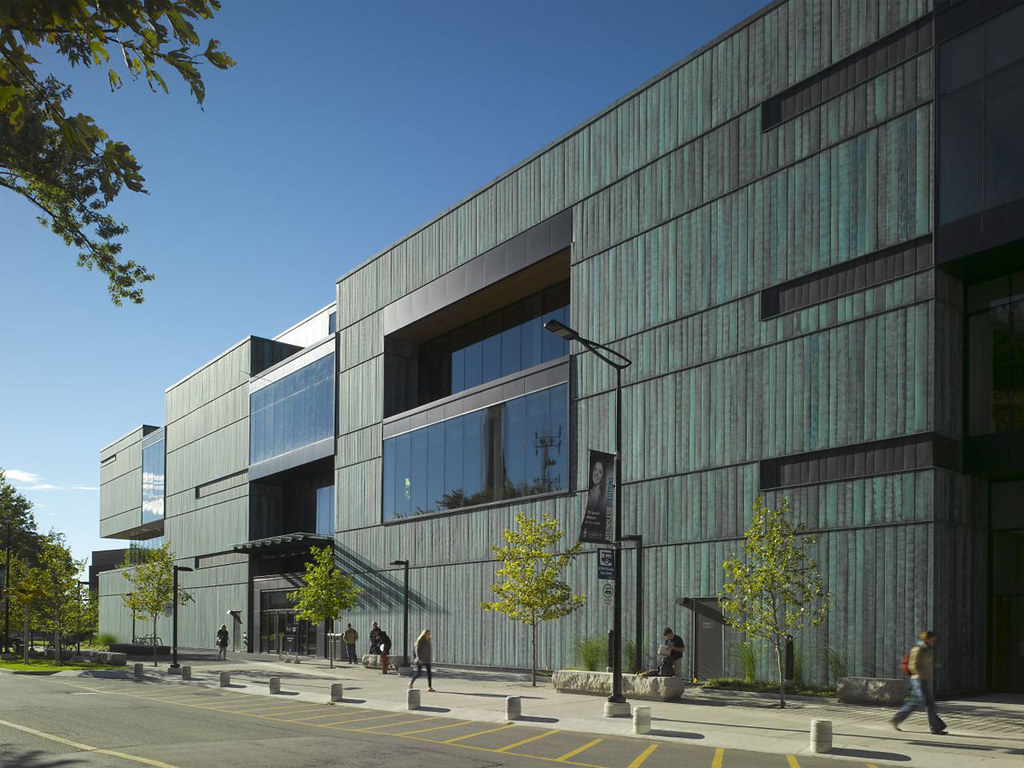


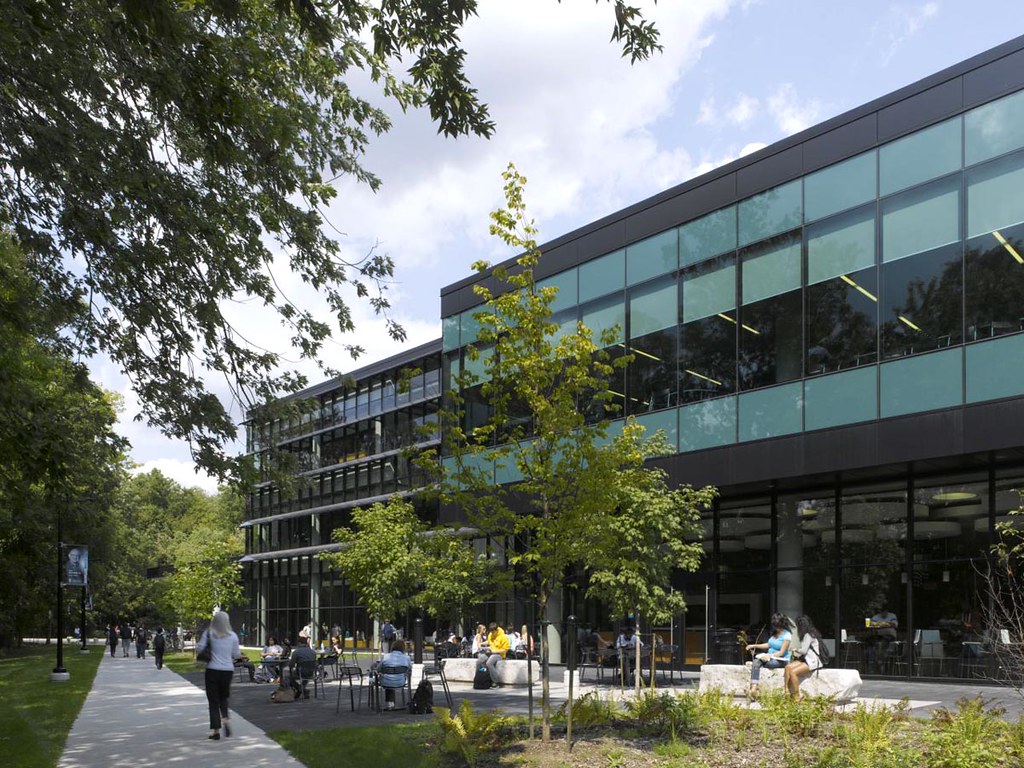
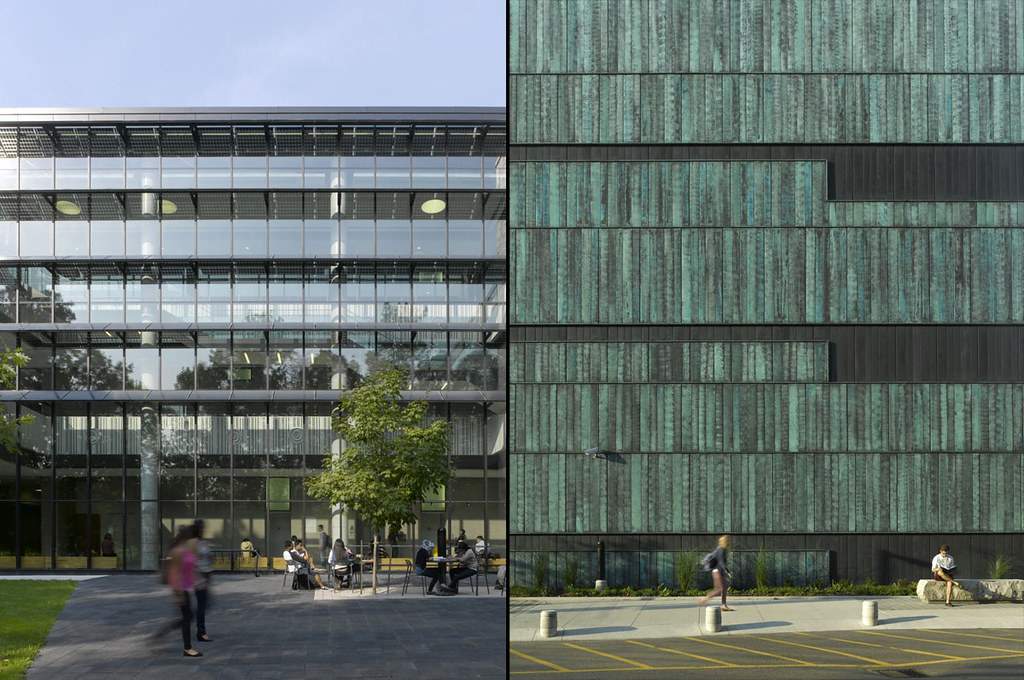

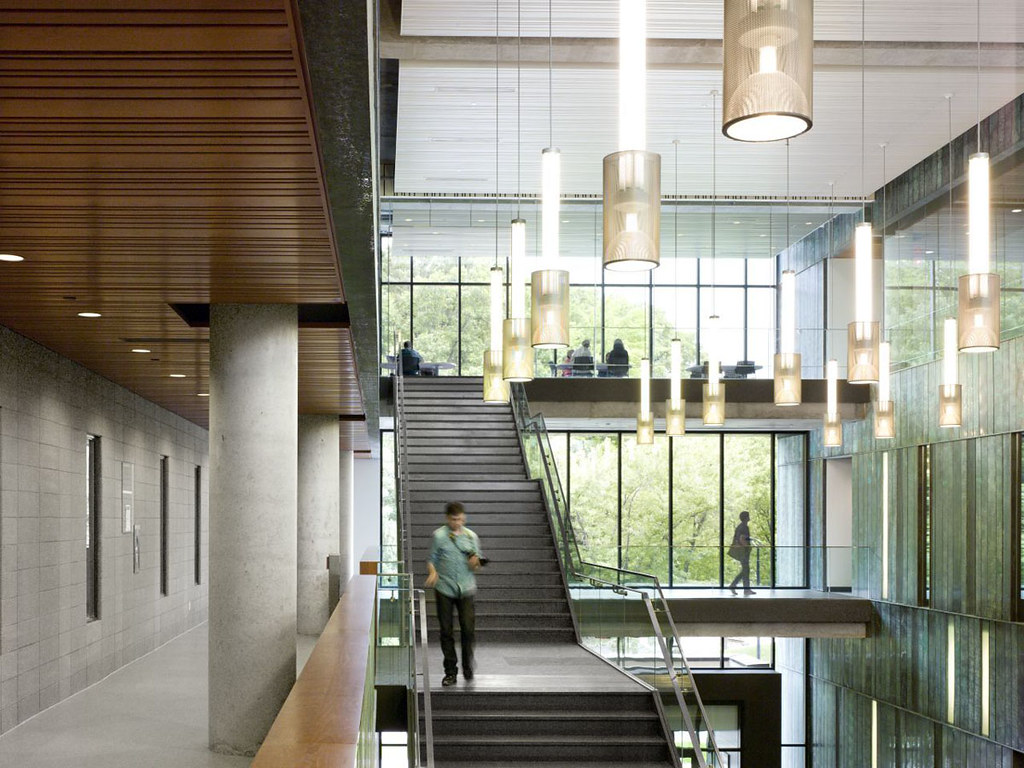
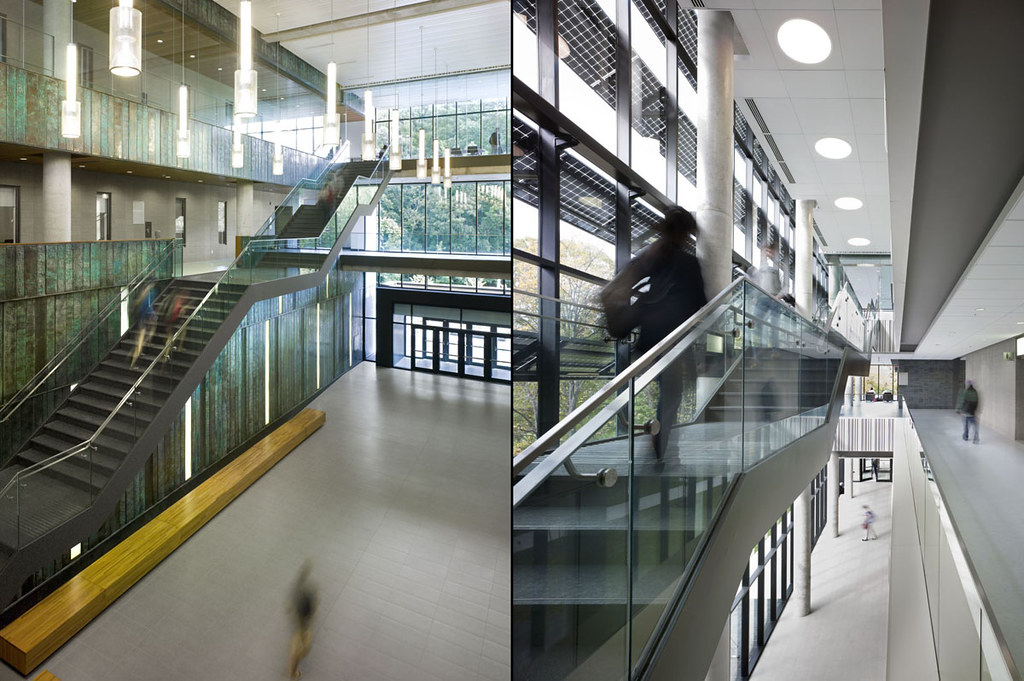
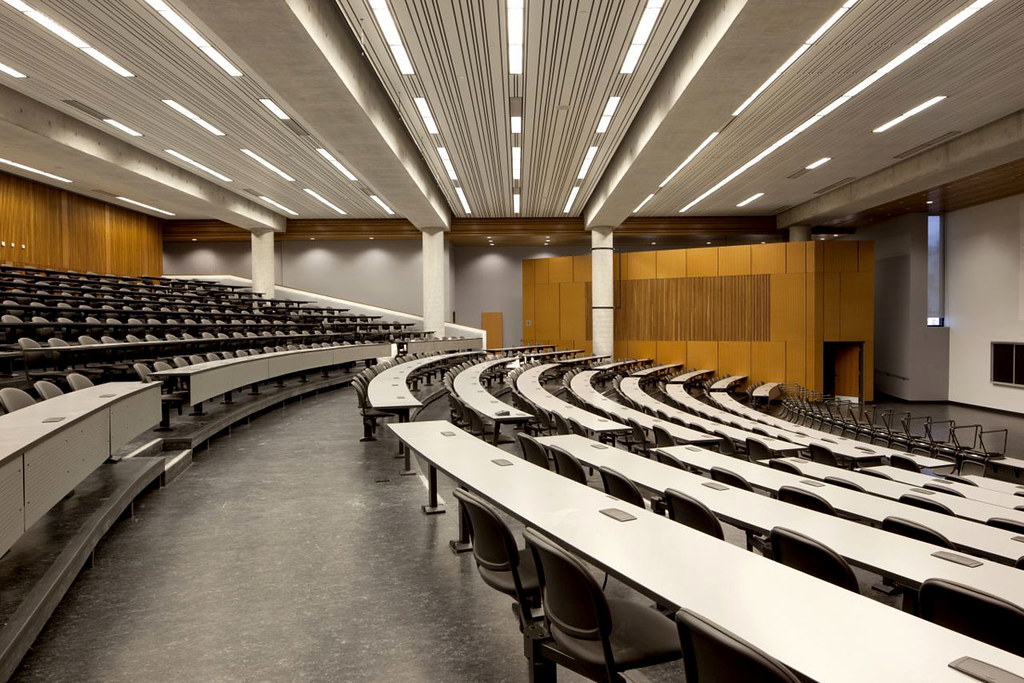
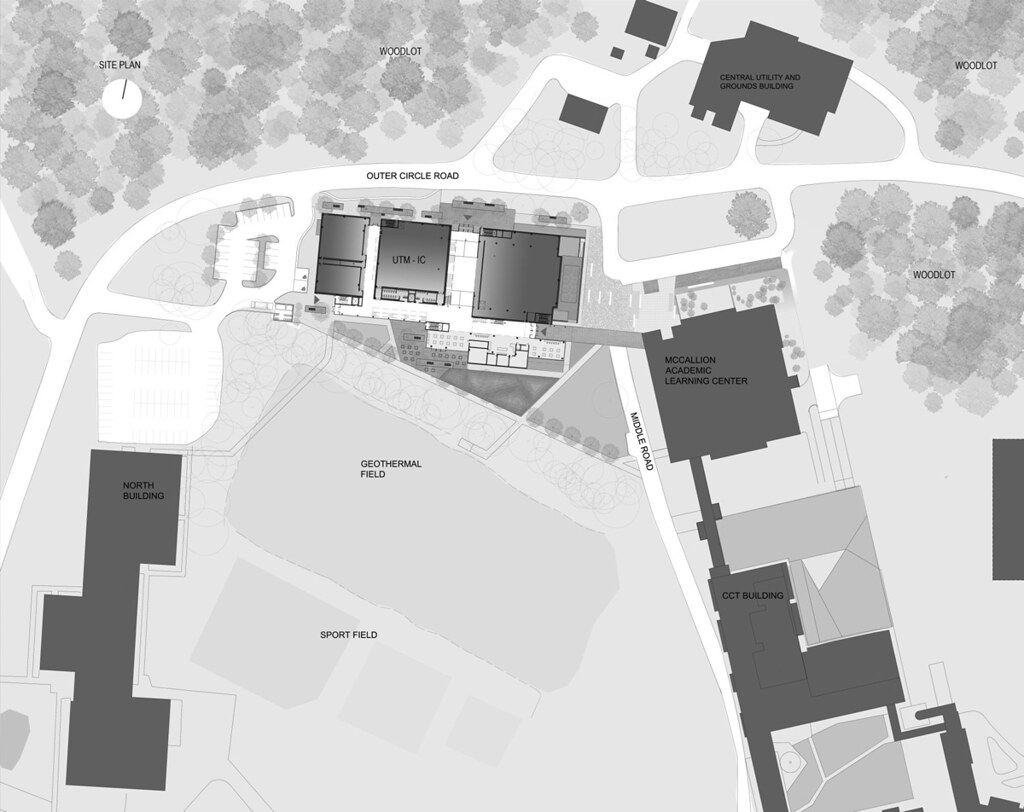
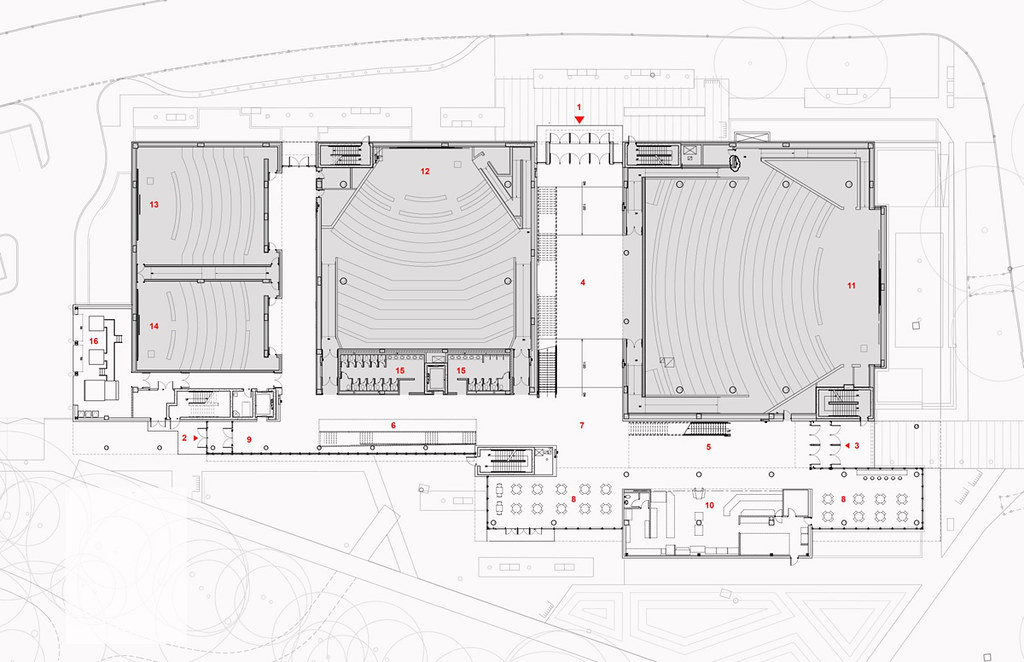

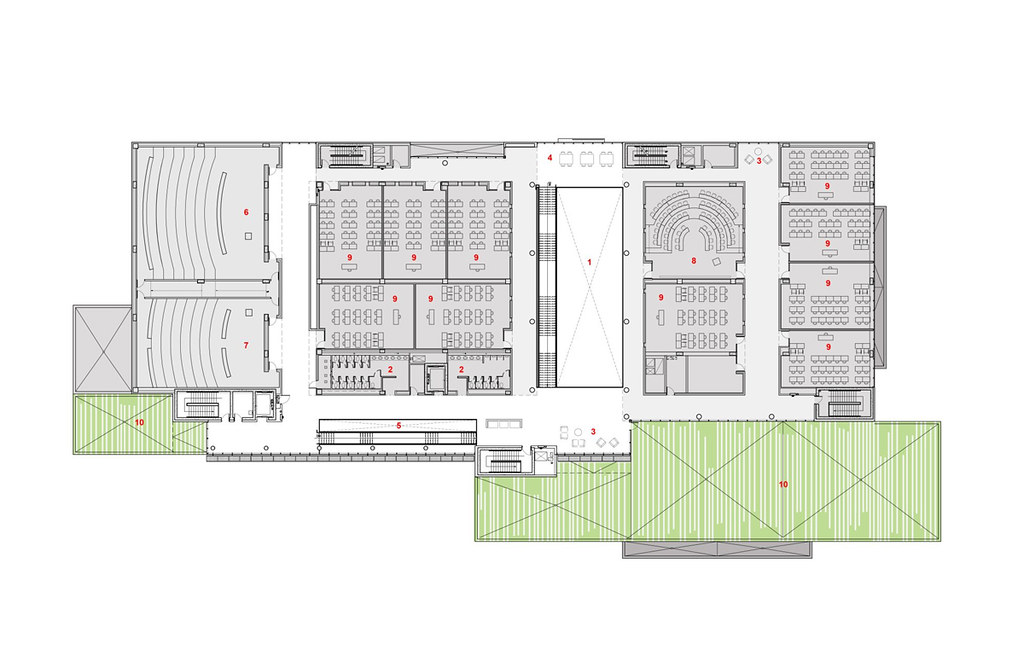
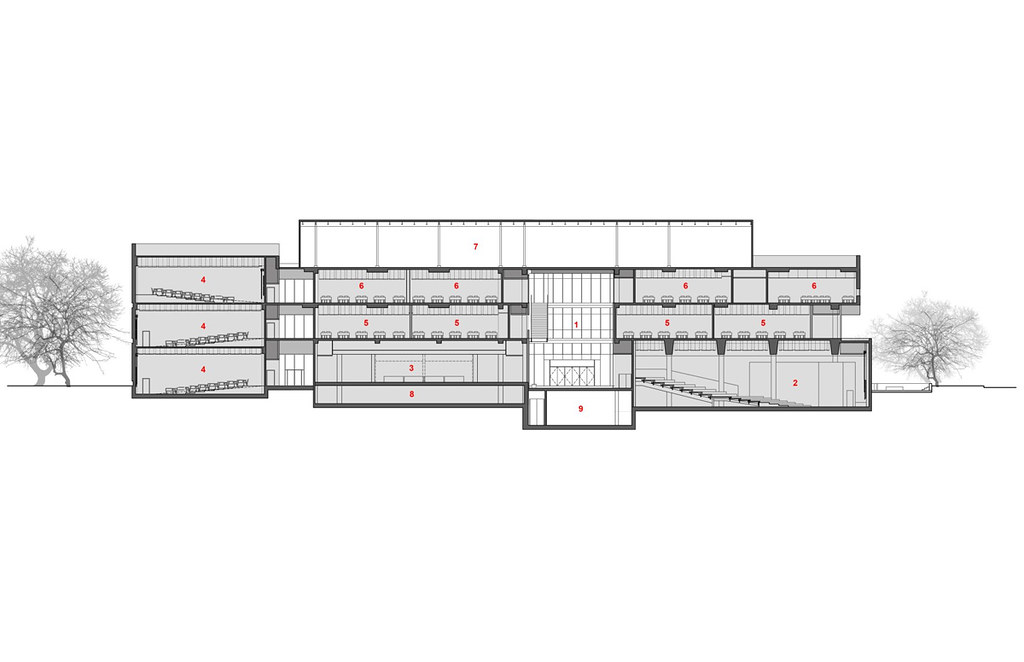
Architects: Perkins + Will
Location: Mississauga, Ontario, Canada
Design Principal: Andrew Frontini
Architectural Team: Alan Mortsch, Alice Wong, Larry Silva, Claudia Bader,
Interior Design: Diana Shams
Area: 150,000 sqft
Year: 2012
Photographs: James Brittain, Ben Rahn/A-Frame
Structural Engineering: Carruthers & Wallace
Mechanical Engineering: Crossey Engineering Ltd
Electrical Engineering: Lapas Consulting Engineers Ltd
Civil Engineering: MMM Group Ltd
Environmental Engineering: Fluent Engineering Inc
Landscape Architect: Fleisher Ridout Partnership
General Contractors: Eastern Construction
The University of Toronto at Mississauga’s Instructional Centre presents new possibilities for social and intellectual engagement both during classes and beyond. The Centre’s luxurious materials, smart classrooms, inviting public spaces and environmental features demonstrate the University of Toronto’s commitment to strengthening the educational experience with inspirational architecture and sustainable principles that are increasing the pleasure and wellbeing of its students, faculty, staff, and visitors. The earthy, green hues of the building’s copper exterior resonate with the green surroundings and the rich wood panels of the Hazel McCallion Academic Learning Centre’s facade. Pre-patinated copper was chosen to integrate the building with the pastoral setting and also so that, parallel to a student’s educational experience, the panels will develop and mature over time. Increasing the campus’ classroom space by 50 percent, the Instructional Centre offers teaching spaces of various types and sizes, including 500-seat and 350-seat lecture theatres and a range of smart classrooms that support collaborative and project based learning. Outdoor seating, increased paths and spaces for gatherings and recreation appear to flow directly into the building’s interior lounges, enticing students to enjoy campus life. The copper cladding also continues from the exterior into the main interior, further emphasizing the connection between the campus and the building. A series of soaring public spaces filled with natural light and campus views connect three stacks of stateof- the art classrooms. The feature stair moves people efficiently between levels, minimizing the need for elevators and maximizing the potential exchange. With generous landings, the stair encourages interaction and offers a platform from which to see and be seen. As classes change, the movement and hum of the students rises to a controlled crescendo as they wind their way through the gentle circuit of bridge linkages and attenuated stairs. Once classes are in session, the interior becomes calm and quiet again, with students settling into a series of informal learning environments—leaning on the wood balustrades, gathering at tables that appear to float in the treetops or relaxing in quiet lounge areas with comfortable armchairs and sweeping campus views. As students circulate, they become aware of many of the building’s sustainable elements as design features. Photovoltaic panels mounted on the southern curtain wall generate clean energy, while simultaneously shading the main east west corridor and feature stair. Third floor student lounges overlook south-facing green roofs that are planted with indigenous meadow grasses. These improve insulation and collect runoff storm water that is processed onsite. Also the building is heated and cooled by a geothermal system hidden beneath the adjacent playing field.
Source: Perkins + Will/ James Brittain, Ben Rahn/A-Frame
m i l i m e t d e s i g n – W h e r e t h e c o n v e r g e n c e o f u n i q u e c r e a t i v e s
Since 2009. Copyright © 2023 Milimetdesign. All rights reserved. Contact: milimetdesign@milimet.com
































